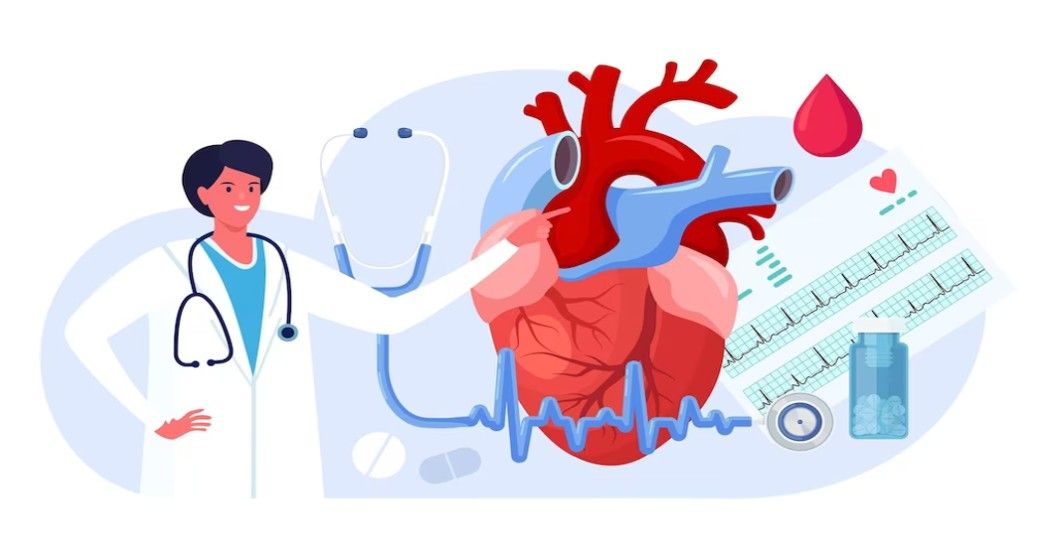Diabetes Management
Managing Diabetes: A Closer Look at SGLT-2 Inhibitors
2 min read
By Apollo 24|7, Published on - 22 August 2024
Share this article
0
0 like
.jpg?tr=q-80)
Managing diabetes effectively involves a combination of lifestyle changes, continuous monitoring, and medication if necessary. In the realm of diabetes medication, Sodium-Glucose Co-Transporter-2 (SGLT-2) inhibitors have emerged as a popular option for many individuals for their additional benefit on the heart and kidneys especially in persons with albuminuria. SGLT2 inhibitors drugs are Dapagliflozin, Empagliflozin, Ertugliflozin, Canagliflozin, and Bexagliflozin. Let's delve into the mechanism of action, benefits, recommended dosages, and considerations for prescribing SGLT-2 inhibitors like canagliflozin and empagliflozin.
How Do SGLT-2 Inhibitors Work?
SGLT-2 inhibitors inhibit a protein in the kidneys responsible for reabsorbing most glucose back into the bloodstream. By blocking this protein, the inhibitors promote glucose excretion through urine, thereby lowering blood glucose levels. This unique mechanism is beneficial for those with type 2 diabetes with diminished pancreatic function.
Potential Benefits of SGLT-2 Inhibitors
Along with reducing blood glucose levels, SGLT-2 inhibitors offer several other benefits:
- Cardiovascular Health: These medications reduce the risk of hospitalisation for heart failure and decrease cardiovascular mortality.
- Renal Protection: They safeguard kidney health by reducing the risk of end-stage renal events.
- Weight Loss: The caloric loss associated with glucose excretion through urine often leads to weight loss.
- Blood Pressure Reduction: These medications can slightly reduce blood pressure levels.
Recommended Dosages
The initial dosage for canagliflozin is typically 100 mg daily, which can increase to 300 mg based on patient response. For empagliflozin, it starts at 10 mg daily and can be increased to 25 mg. However, it's important to note that these are general guidelines. Your doctor will determine the appropriate dosage for you based on your individual medical history, current health status, and other factors. Always follow your healthcare provider's specific instructions regarding medication and dosage.
Prescribing Considerations
Healthcare providers must consider the patient's renal function, risk of infections, patient education about potential side effects, and combination therapy while prescribing these medications.
As you navigate the journey of diabetes management, it is crucial to make informed decisions about your treatment options. SGLT-2 inhibitors can be a viable choice for many individuals. However, success in diabetes management doesn't solely rely on medication. A comprehensive approach that combines a balanced diet, regular physical activity, and consistent monitoring is essential. To stay focused and motivated on this path, consider enrolling in the Apollo Super 6 programme which offers support in managing type 2 diabetes.
Diabetes Management
Consult Top Diabetologists
View AllLeave Comment
Recommended for you

Diabetes Management
Boosting Health and Comfort for Employees with Diabetes through Ergonomics
Workplace ergonomics plays a significant role in promoting health and comfort, even more so for employees managing diabetes. Emphasising ergonomic practices such as the use of suitable furniture and encouraging movement breaks can help reduce health risks associated with prolonged sitting. A well-designed workspace not only contributes to physical well-being but also enhances mental clarity and reduces stress.
.jpg?tr=q-80)
Diabetes Management
Small Habits That Can Work Wonders In Managing Gestational Diabetes
Managing gestational diabetes doesn't have to be dispiriting. With small, consistent lifestyle changes like regular blood sugar monitoring, healthy eating habits, physical activity, and a positive attitude, you can effectively manage your condition. For further support in your journey, consider a comprehensive programme like the Apollo Super 6, which is designed by a team of expert doctors at Apollo.

Diabetes Management
Diabetes and Cardiovascular Health: Reducing Risks
Diabetes raises the risk of cardiovascular diseases but with effective management, one can reduce these risks. Regular health checks, controlling blood glucose, maintaining a healthy diet, staying active, and quitting smoking are key to managing both conditions effectively. Embracing technology in the form of diabetes management tools and applications can further aid in the effective control of diabetes and thus reduce CVD risks
Subscribe
Sign up for our free Health Library Daily Newsletter
Get doctor-approved health tips, news, and more.
Visual Stories

8 Fruits That are Incredibly Healthy for Diabetes
Tap to continue exploring
Recommended for you

Diabetes Management
Boosting Health and Comfort for Employees with Diabetes through Ergonomics
Workplace ergonomics plays a significant role in promoting health and comfort, even more so for employees managing diabetes. Emphasising ergonomic practices such as the use of suitable furniture and encouraging movement breaks can help reduce health risks associated with prolonged sitting. A well-designed workspace not only contributes to physical well-being but also enhances mental clarity and reduces stress.
.jpg?tr=q-80)
Diabetes Management
Small Habits That Can Work Wonders In Managing Gestational Diabetes
Managing gestational diabetes doesn't have to be dispiriting. With small, consistent lifestyle changes like regular blood sugar monitoring, healthy eating habits, physical activity, and a positive attitude, you can effectively manage your condition. For further support in your journey, consider a comprehensive programme like the Apollo Super 6, which is designed by a team of expert doctors at Apollo.

Diabetes Management
Diabetes and Cardiovascular Health: Reducing Risks
Diabetes raises the risk of cardiovascular diseases but with effective management, one can reduce these risks. Regular health checks, controlling blood glucose, maintaining a healthy diet, staying active, and quitting smoking are key to managing both conditions effectively. Embracing technology in the form of diabetes management tools and applications can further aid in the effective control of diabetes and thus reduce CVD risks

